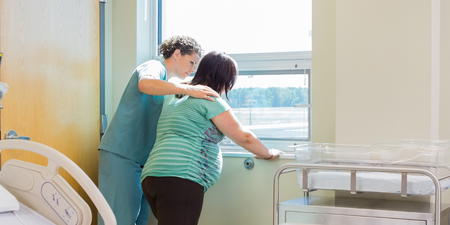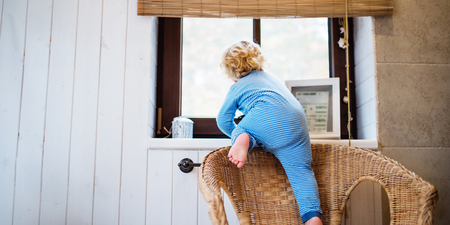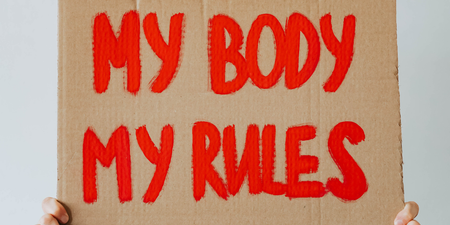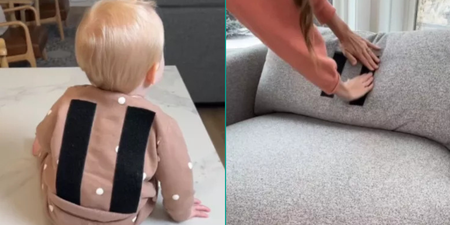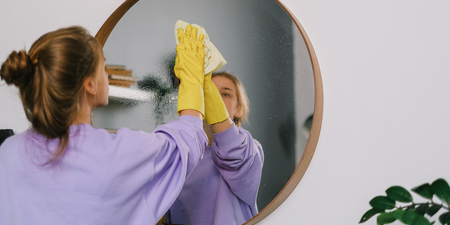I’m not going to lie to you – before I got pregnant, I had no idea what a Kegel was.
In fact, I will go one step further with my confession here, but this is just between me and you, ok?
In my antenatal yoga classes, I pretended that I was doing my Kegels, but in reality, I hadn’t an effing clue what the instructor was talking about and just sat there, smiling and nodding like a sage buddha.
So, what exactly are Kegels?
Kegels are exercises you can do to strengthen your pelvic floor muscles – the muscles that support your urethra, bladder, uterus, and rectum.
Why should I do them?
They are designed to help women with urinary incontinence, or diminished bladder control, which can happen after childbirth.
Continuing to do Kegel exercises regularly after giving birth not only helps you maintain bladder control, but it also improves the muscle tone of your vagina, making sex more enjoyable.
(Pic via Cavemamas.com)
How do I do them?
Essentially, you are imagining that you’re trying not to wee or fart! The feeling is one of “squeeze and lift” – a closing and drawing up of the front and back passages.
Start off by holding in for three seconds, release for five and repeat as often as you can. As you get more used to it, you can work up to holding a Kegel exercise for ten seconds and then relaxing for ten.
Make sure that you’re isolating these areas and not pulling in your tummy, squeezing your legs together, tightening your buttocks, or holding your breath. In other words, only your pelvic floor muscles should be working.
How often should I do them?
As often as you can! There really isn’t a maximum number of Kegels that you can do, so commit to doing them at least a few times a day.
If you find it hard to remember to do them, tie them in with something you regularly do like when you have breakfast, or when stopped at traffic lights in the car.
Do I only need to do them while I’m pregnant?
Nope, women should do Kegel exercises no matter whether they are pregnant or not. Pelvic prolapse is common in older women and it leads to the uterus, bladder and rectal tissue protruding down into the vagina.
We’re talking your insides making their way outside, ladies.
So, you know, do your Kegels, won’t you?
Also check out the ‘No Bullsh*t Guide To Travelling While Pregnant on our website!






